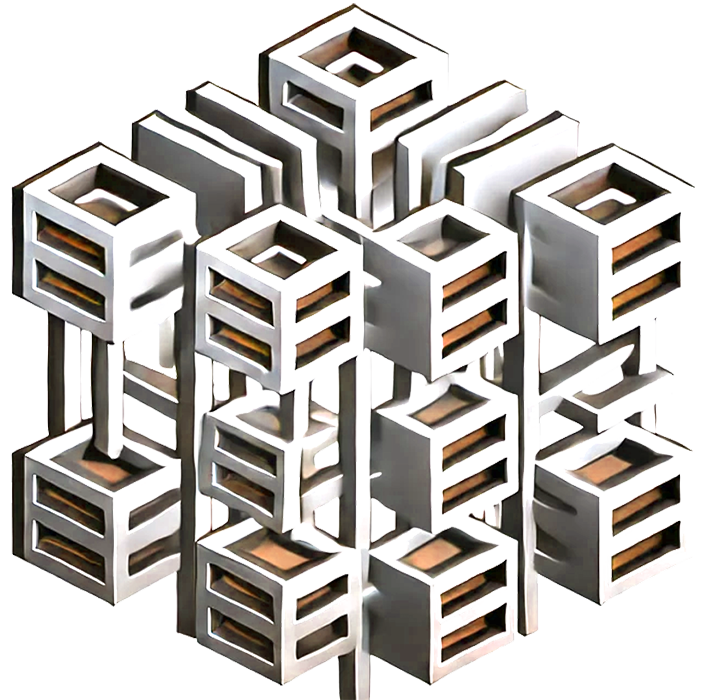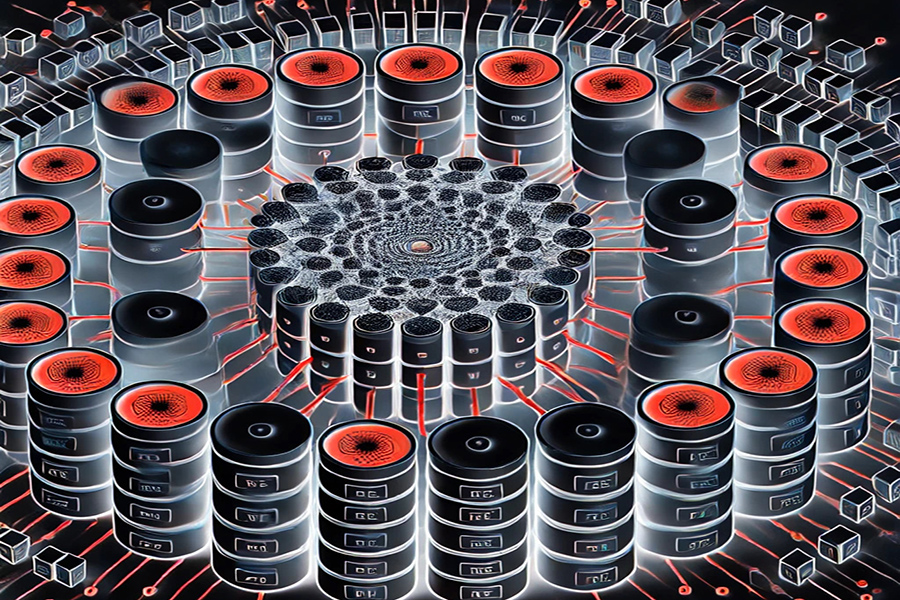
FES Silo Compartmentalization
Features:
- Unique Encryption Silos – Encryption Level Compartmentalization.
- Unique Fractal Regions – 65,536 unique fractal regions per silo.
- Unlimited Unique Silos – FES generates unique Silos as required.
- Independent Transformations – Same key transforms same payload differently.
Applications:
- Separate Department and Hierarchy Silos – dedicated Silos for security levels.
- Need-to-know Silos – dedicated Silos for security categories.
- Communication Silos – dedicated Silo for internal communications.
- Client Data Silos – dedicated Silo for client data.
Unique Encryption Algorithms
The effect of installing unique FES Silos is comparable to using different classic encryption algorithms.
Say you used AES for in-house encryption, but for all Management and Top Secret documents you use Two-fish. It means that AES cannot ever be used decrypt your Top Secret Two-fish encrypted documents.
Generating and installing different FES Silos has a similar effect in that it changes the encryption algorithm, but now you can generate as many unique encryption algorithms as desired, whenever wherever required.
While AES and Two-fish algorithms are widely available, FES Silos can be securely stored and locked with a key. All FES Silos are also impenetrable and Quantum Proof.
A document encrypted with one Silo cannot ever be decrypted using any other Silo, whenever or wherever generated!
This is encryption level compartmentalisation, a World First made possible by FES cryptographic technology. See the AI Research and Analysis https://portalz.solutions/pdf/FES-Silos.pdf
Try the Silo Demo
Our FES Demos have four example Silos you can select.
Test the Silos by selecting different Silos and:
- See the cipher change after Transformation
- Try to Extract a cipher created with another Silo with same key.
- Note totally unique Transform stream for every Silo on the Detailed Demo
- Note that both Key and Silo must be correct to Extract

Engineering Silo Farms
The above conceptual illustration of interlinked FES Silos is a sample of what is possible for compartmentalized cryptographic engineering.
As detailed below, Silos can be generated on an as-needed basis. They can also be secured with FES transformation.
Note that the currently installed Silo plus Key is used to secure newly generated Silos.
This means that when installing secured Silos the FES DLL must also have the same Silo installed that generated the target Silo, as well as the correct key.
This allows for multi tier hierarchical Silo Farms to be engineered and embedded in security systems to reflect the organisations security compartmentalisation.
Unique Silo Definitions
Each Silo has a set of 65,536 unique Fractal Regions that ensure that there is no overlap between Silo vectors, making it impossible to connect to the same Fractal Portal using the same key with a different Silo.
Fractal Portals are mapped from the key where 16 bits select the Fractal Region and 28 bits calculate offsets from the Fractal Region selected, for each fractal dimension.
FES generates unique Silo definitions as required, using GUID (Globally Unique Identifier) technology that ensures that all Silo vectors are unique for all Silos.
Each Silo also has a fixed x,y vector offset that is applied during all fractal navigation that generates the fractal transformation stream, that is also generated using GUID technology to ensure they are unique for all Silos.
You can save generated Silo Definitions fractal transformed with a password or as plain XML. Here are the four Silo XML Definitions used in our FES Demos:
Please Note: The xml files contain 65,536 unique x,y vectors, each value ~30 digits of accuracy, each 5.34MB.
Installing Silo Definitions
FES has a default Silo configuration, so installation of a unique Silo is optional.
When you generate Silos they are stored in a Silo folder at the location of the FES DLL.
When you set the SiloName the FES DLL will look for SiloName.xml in its Silo folder and install it. If you also set the SiloKey the FES DLL will look for SiloName.silo in its Silo folder and extract the Silo XML before installing it.
Check the SiloName after installing, if installation succeeded it will contain the full path of the Silo file.
 |
Copyright © 2025 All Rights Reserved |
Contact: [email protected] |
